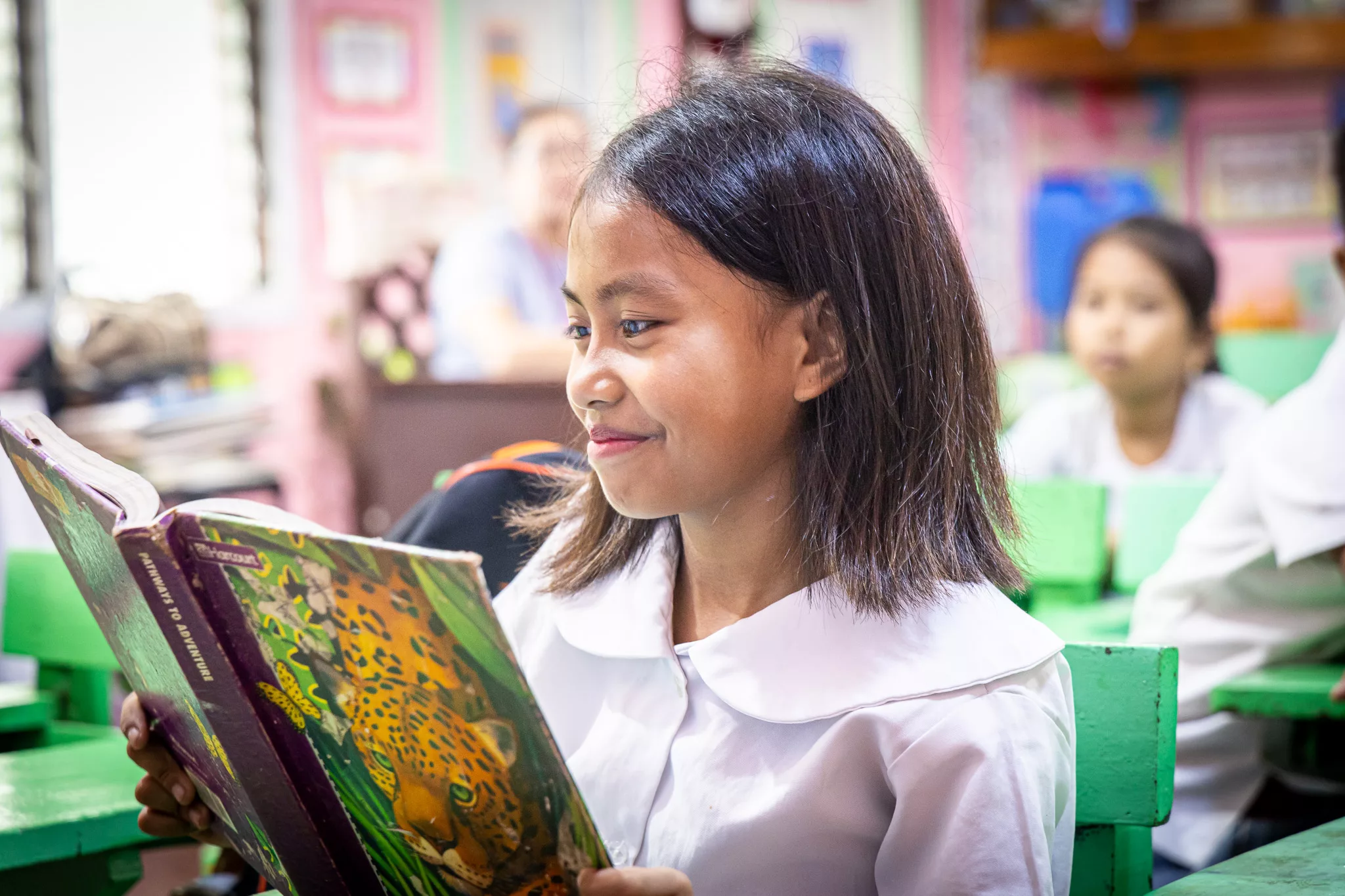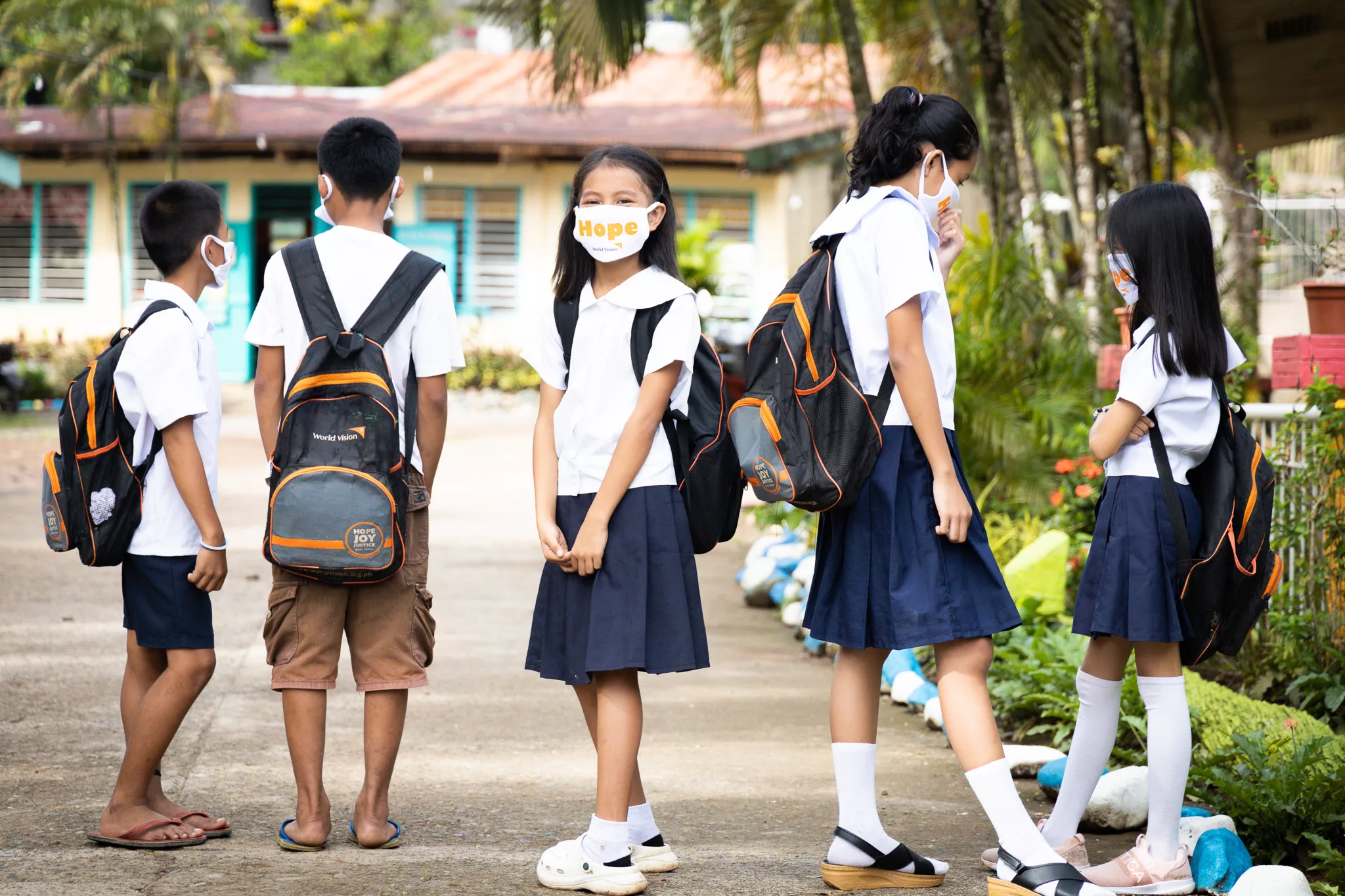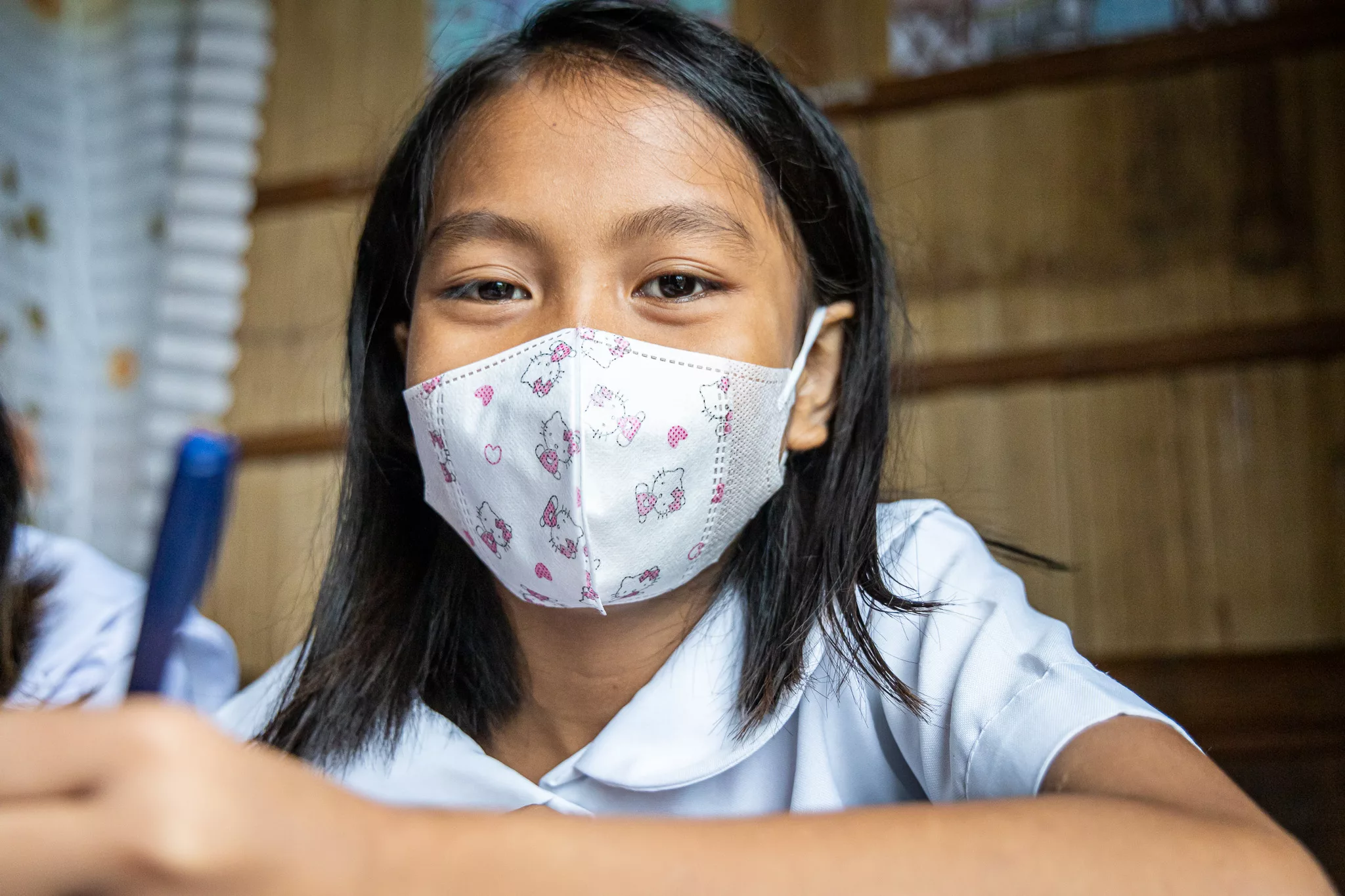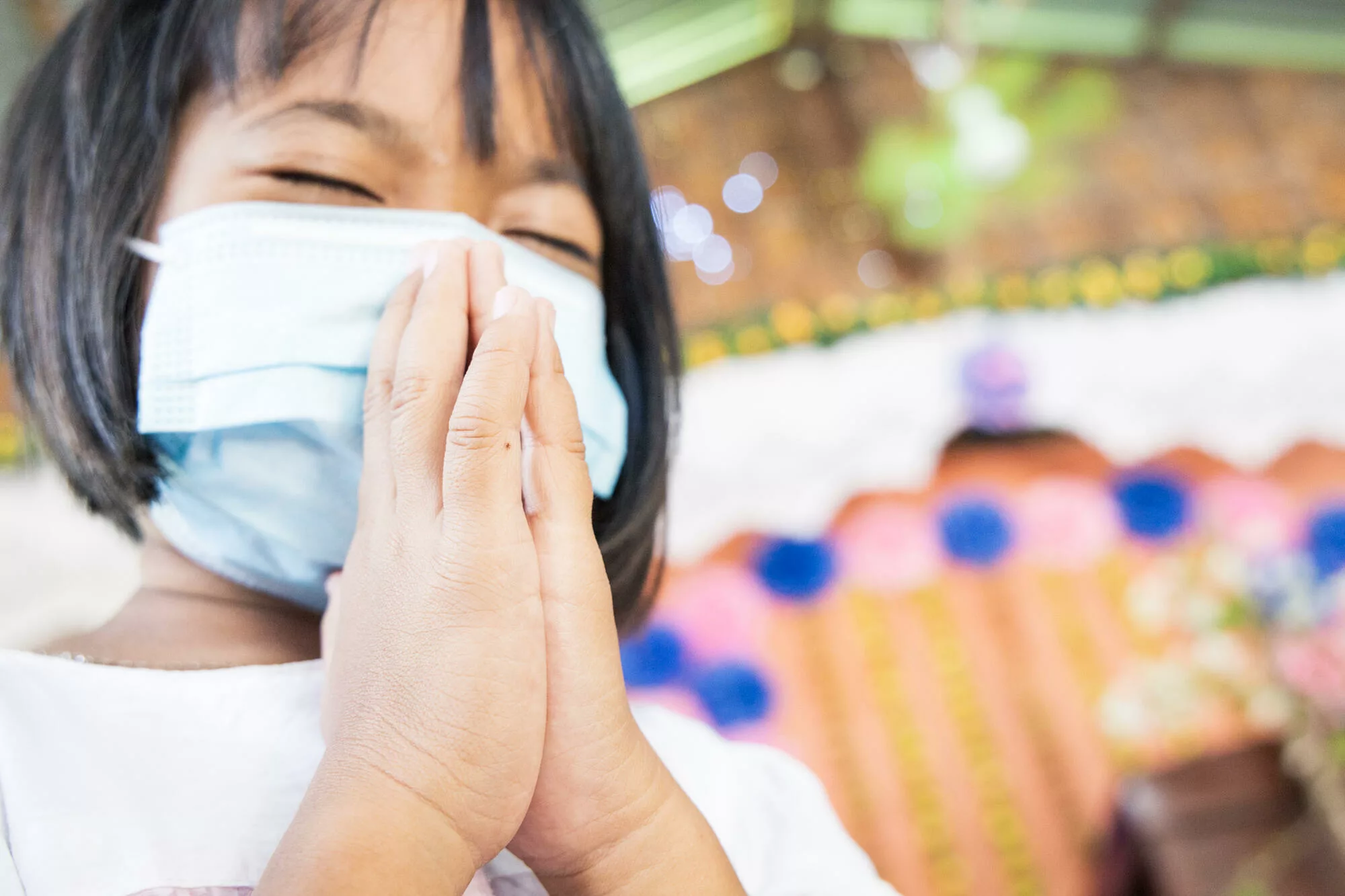Helping Children deal with stress during the COVID-19 outbreak
Children may respond to a difficult/unsettling situation in different ways: clinging to caregivers, feeling anxious, withdrawing, feeling angry or agitated, having nightmares, bedwetting, frequent mood-changes, etc.
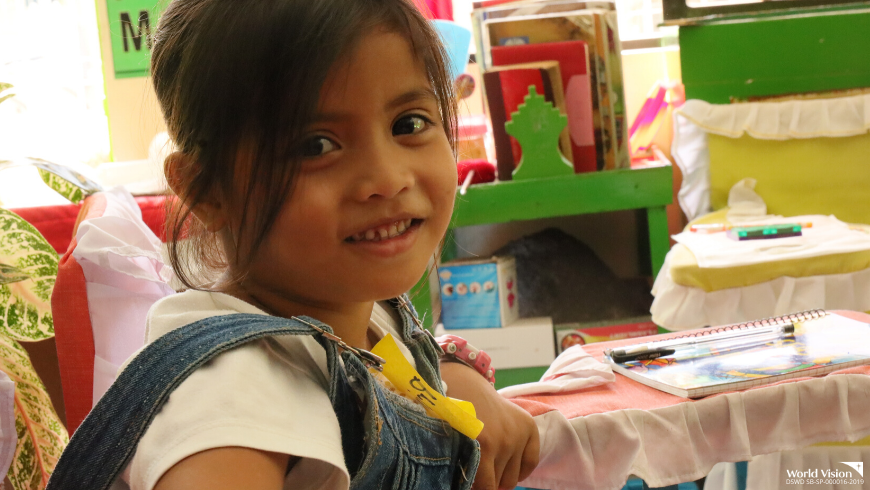
Children usually feel relieved if they are able to express and communicate their disturbing feelings in a safe and supportive environment. Sometimes engaging in a creative activity, such as playing and drawing can facilitate this process.
1. Help children find positive ways to express disturbing feelings such as anger, fear and sadness.
2. Encourage a caring environment around the child. Children need adults’ love and often more dedicated attention during difficult times.
3. Remember that children often take their emotional cues from the important adults in their lives, It’s important that adults manage their own emotions well and remain calm, listen to children’s’ concerns and speak kindly to them and reassure them.
4. If possible, make opportunities for children to play and relax.
5. Keep children close to their parents and family, if considered safe for the child, and avoid separating children and their caregivers as much as possible. If a child needs to be separated from his/her primary caregiver, ensure that appropriate alternative care is provided.
6. If children are separated from their caregivers, ensure regular and frequent contact (e.g. via phone, video calls) and re-assurance. Ensure all child protection and safeguarding measures are addressed.
7. Keep regular routines and schedules as much as possible or help create new ones in a new environment, including learning, playing and relaxing.
8. Provide facts about what is going on and give clear child-friendly information about how to reduce risk of infection and stay safe in words they can understand.
9. Demonstrate to children how they can keep themselves safe (e.g., show them effective handwashing – Join our #SafeHands Challenge)
10. Avoid spreading rumours [Fake News] or unverified information in front of children.
11. Provide information about what has happened or could happen in a reassuring, honest and age-appropriate way.
12. Support activities for children during home isolation/ quarantine. Activities should explain the virus but also keep children active when they are not at school, for example: hand washing games with rhymes, stories about the virus exploring the body, make cleaning and disinfecting the house into a fun game, draw pictures of virus/microbes’ that to be coloured by children, explain person protective equipment (PPE) to children so that they are not scared.
Lifted from: WHO. Helping children cope with stress during the 2019-nCOV outbreak (Handout). WHO:
Geneva, 2020.
You can send much-needed help to equip families by providing them supplies which they can use to fight the COVID-19 pandemic virus
Help Equip Families To Fight COVID-19


